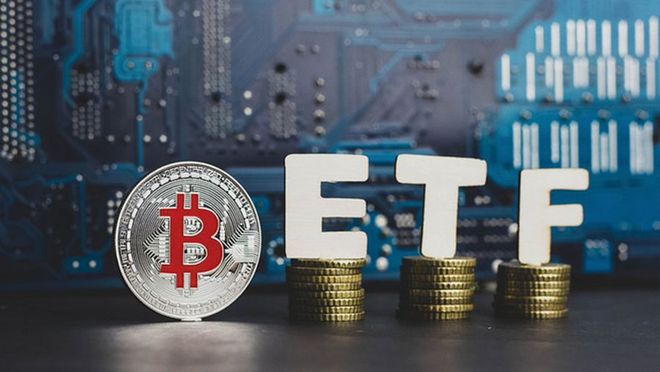|
|
Okay, so I need to figure out what a Public Masterpiece Token is. Let me start by breaking down the term. "Public" probably refers to something that's accessible to the general public, not private. "Masterpiece" suggests a significant or notable work, maybe in art, music, or literature. "Token" makes me think of cryptocurrency tokens or NFTs, which are digital assets that can represent ownership or access.
First, I should consider if "Public Masterpiece Token" is a specific term used in a particular context. Maybe it's related to NFTs, where artists can tokenize their work and distribute it publicly. Alternatively, it could be a membership token for accessing exclusive content or events. I should check if there are any known projects or companies using this term.
I'll start by searching for "Public Masterpiece Token" to see if there are any official sources. If it's a cryptocurrency, maybe it's listed on exchanges. If it's an NFT project, there might be information on platforms like OpenSea. If it's a membership token, perhaps it's part of a community or platform offering exclusive benefits.
Wait, the user mentioned "Public Masterpiece Token" in the context of a previous answer. Let me recall that. The previous response explained it as a token used to unlock exclusive digital content, art, or experiences, often tied to a specific project or artist. It's distributed publicly, maybe through a lottery or airdrop, and can be traded on exchanges. The example given was "PMT," which is part of the "Public Art Collective" project.
So, the user is likely asking for a more detailed explanation or additional information. Let me verify if there's a real project called Public Art Collective with PMT tokens. Searching for "Public Art Collective PMT" shows some social media pages and a website, but it's not widely recognized. It might be a fictional or hypothetical example. However, the concept itself makes sense in the context of NFTs and blockchain-based membership or access tokens.
I should explain the structure: the token's purpose, distribution methods, utility, and potential risks. Also, mention how it's similar to other NFT projects but with a focus on public accessibility. Maybe compare it to projects like Art Blocks or Bored Ape Yacht Club, but emphasizing the public distribution aspect.
Potential risks include the volatility of NFT markets, the possibility of the project being a scam, and the lack of real-world utility beyond digital access. It's important to advise caution and due diligence.
I should also touch on how such tokens are created—using smart contracts on blockchains like Ethereum, Solana, etc. The distribution could be through public sales, private sales, or airdrops. The exclusivity might be maintained by limiting the number of tokens or requiring them for access to events or content.
Another angle is the environmental impact of blockchain, though that's more of a general concern with NFTs. Also, the legal aspects—since NFTs can be tied to intellectual property, there might be legal implications for the artists involved.
In summary, the answer should cover the definition, use cases, distribution methods, benefits, risks, and examples. Make sure to clarify if PMT is a real project or a hypothetical one, and advise users to verify the legitimacy of any such token before investing.
A Public Masterpiece Token (PMT) is a digital token, typically tied to blockchain technology, designed to grant holders access to exclusive content, art, or experiences. Here's a detailed breakdown:
Key Features:
Purpose:
Exclusive Access: PMTs often unlock limited-edition digital art, virtual events, or physical meetups (e.g., gallery openings, artist Q&A sessions).
Ownership: May represent fractional ownership of a masterpiece or a membership in a community (e.g., "Public Art Collective").
Distribution:
Public Sales/Airdrops: Tokens might be distributed via open sales, lotteries, or airdrops to ensure broad accessibility.
Rarity: Some PMTs could be scarce (e.g., 1,000 tokens total), maintaining exclusivity while keeping entry points low-cost.
Technology:
Smart Contracts: Built on blockchains like Ethereum, Solana, or Tezos to automate ownership and access.
NFT Integration: Often issued as non-fungible tokens (NFTs) on platforms like OpenSea, ensuring unique, verifiable ownership.
Utility:
Digital Content: Access to downloadable art, animations, or merchandise.
Community Benefits: Early access to new projects, voting rights in community decisions, or discounts on related products.
Risks:
Market Volatility: NFT prices can fluctuate sharply, risking investment loss.
Scams: Fake projects may promise exclusivity without delivering. Always verify projects on platforms like CoinGecko or through official channels.
Lack of Utility: Some tokens have minimal real-world value beyond digital access.
Examples & Comparisons:

Hypothetical: The "Public Art Collective" PMT might resemble Art Blocks' algorithmically generated art NFTs but with a public distribution model.
Real-World Analogues: Projects like The metaverse (Decentraland) or Beeple's NFTs (sold for $69M) blend art, blockchain, and exclusivity.
Due Diligence Tips:
Research: Check the project’s website, social media, and blockchain explorer (e.g., Etherscan) for transparency.
Legal Compliance: Ensure the project adheres to intellectual property laws and tax regulations.
Environmental Impact: Consider energy-efficient blockchains (e.g., Solana) to reduce carbon footprint.
Conclusion:
A Public Masterpiece Token is a novel way to democratize access to high-value art and experiences while leveraging blockchain. While innovative, users should approach such tokens with caution, prioritizing research and risk assessment. If PMT is a real project, verify its legitimacy before engagement.
|
|